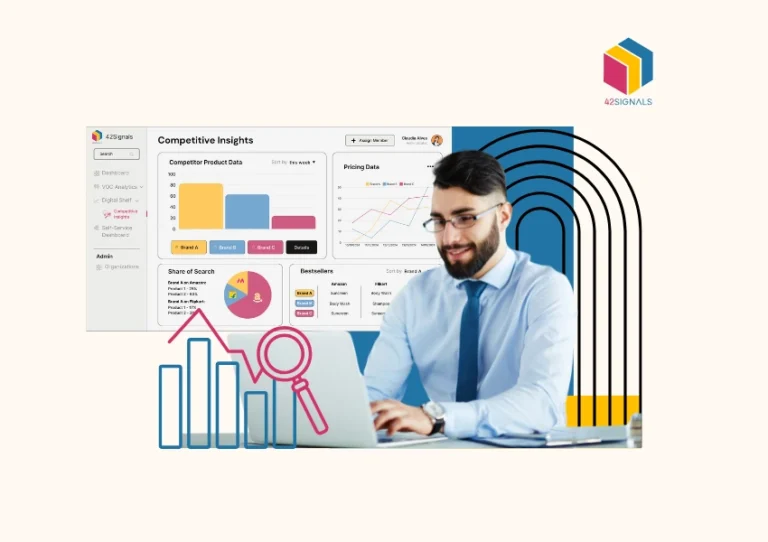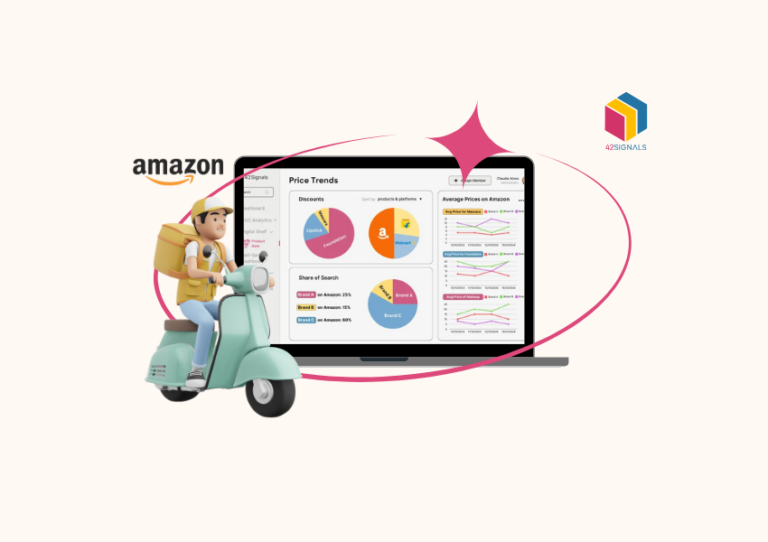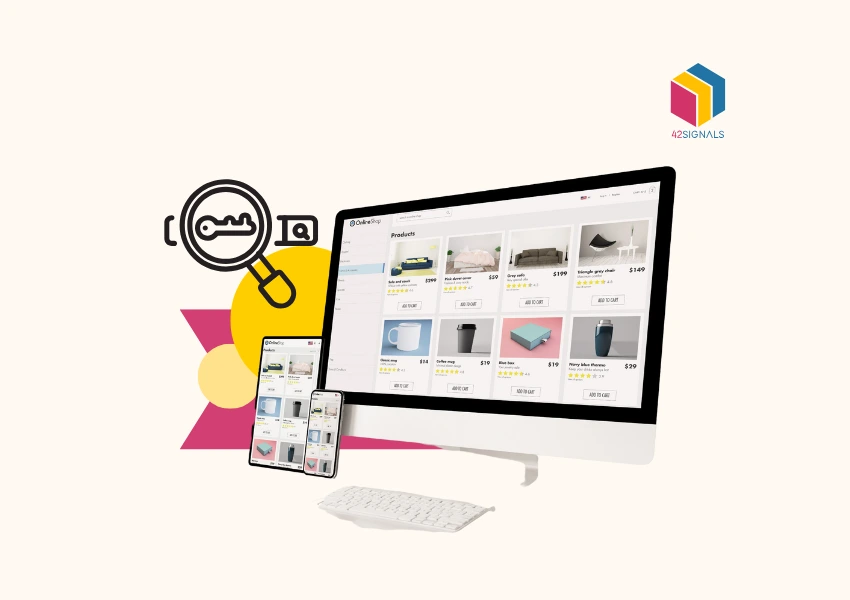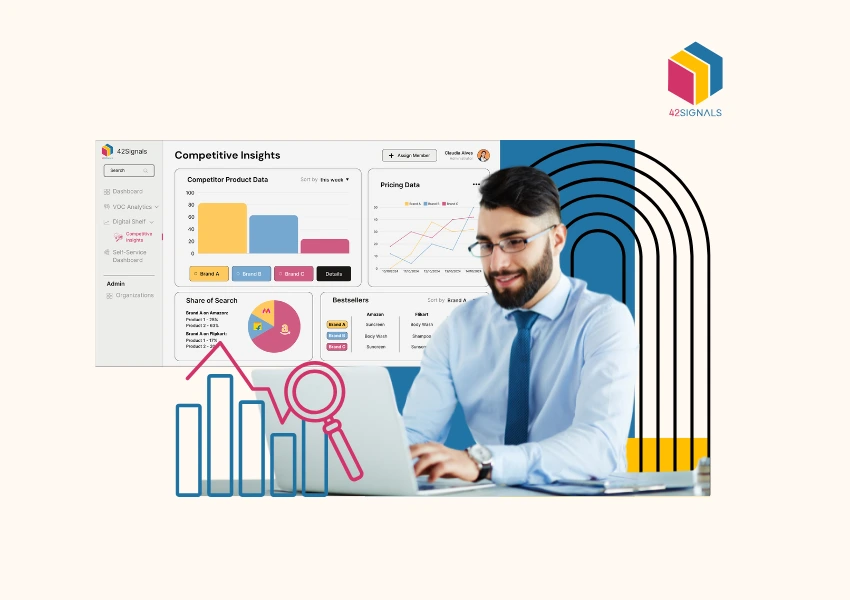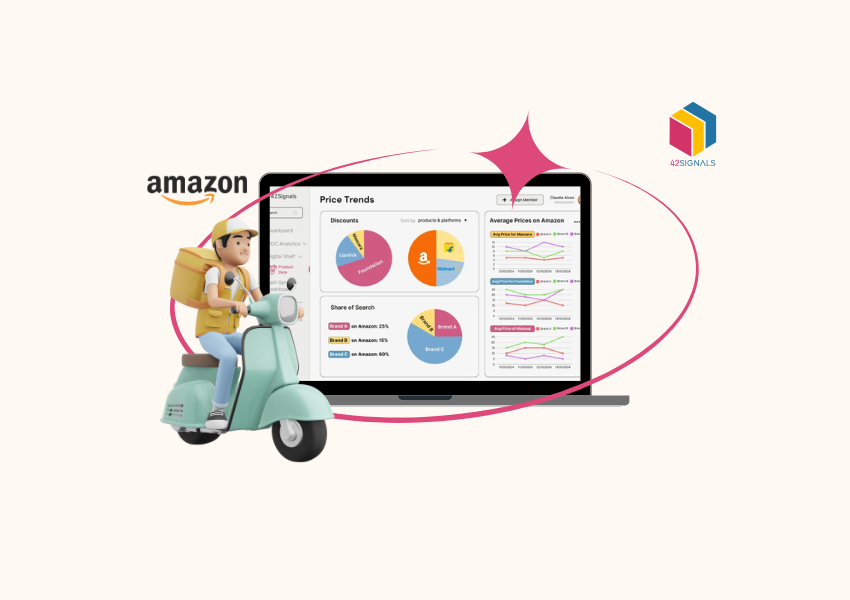A business can be severely impacted by prices. If set too high, clients may gravitate towards competitors. On the other hand, if set too low, a business may not be tapping into potential earnings. Due to this, businesses nowadays rely on scraping product prices to keep up with market developments as they modify their pricing approach on the go.
However, not all price tracking methods are ethical, some can cost you a lot legally. This guide will discuss the acceptable ways of collecting competitor pricing data without infringing website terms of service or facing fines. We will also highlight the best tools for e-commerce price scraping, automation tools, and how to use the collected data to improve pricing decisions.
Why Scraping Product Prices Matters
Pricing has a massive impact on consumer purchasing behavior. In a study conducted by McKinsey, it was noted that businesses that leverage pricing analytics effectively boost profits by 2–7 percent. This demonstrates how vital competitive price tracking is for sustaining a business in e-commerce.
By using e-commerce price scraping tools, businesses can:
- Monitor competitor pricing in real-time: Know when competitors change their prices and adjust yours accordingly.
- Make data-driven pricing decisions: Instead of guessing, base your pricing on real market trends.
- Improve profit margins: Identify opportunities to increase prices when competitors are charging more.
Understanding why something is important is the first step. Now, let’s explore the required steps to get things done the right way.
Ethical and Legal Considerations in Price Scraping
Before you start scraping product prices, it’s important to ensure that your approach aligns with ethical and legal guidelines. Here’s what you need to keep in mind:
1. Always Check Website Terms of Service
Some eCommerce websites have their own policies that state they don’t permit automated data scraping. Certain sites permit scraping under certain terms of service. If such scraping goes against a site’s ToS, legal action or IP bans could be set against you.
2. Avoid Overloading Servers
Scraping too much or too often within a time limit causes a site to slow down or crash, hence the term denial of service (DoS). Scraping without limits may lead to blacklisted IP addresses.
3. Respect Robots.txt
A fairly large number of sites possess file permits or prohibit portions of a site from being scraped. Adhering to these conventions denotes a lot of goodwill on the scrapper’s part while ensuring that they are not wasting time and money on problems that can easily avoided.
4. Use Data Responsibly
Analysis and decision-making regarding the collected product data and prices should not involve any form of unethical tricks. Constructing customer trust and goodwill alongside honest business dealings is fundamental to success and profitability.
How to Scrape Product Prices: Step-by-Step Guide

Image Source: HiTechBPO
Now that we’ve covered the ethical aspects, let’s go through the practical steps of competitive price tracking.
Step 1: Define Your Goals
Before setting up a scraper, ask yourself:
- What products do I need to track?
- How frequently should I check for price changes?
- Do I need historical pricing trends?
A competitor analysis dashboard can help visualize this data, making it easier to interpret and act on.
Step 2: Choose the Right Scraping Method
There are two primary ways to collect pricing data:
Manual Scraping
If you’re only tracking a few products, you can manually copy and paste prices from competitor websites. However, this is time-consuming and prone to errors.
Automated Web Scraping
If the aim is to track large datasets, automated tools such as BeautifulSoup, Scrapy, or Selenium can be used. These ecommerce price scraping tools retrieve product information and prices from many sites at once.
Step 3: Select the Right Tools
Here are some commonly used applications for price tracking:
- Scrapy: A powerful Python-based framework for large-scale scraping.
- BeautifulSoup: Best suited for web scraping of simple webpages or smaller datasets.
- 42Signals: A comprehensive pricing intelligence solution that automates competitor price monitoring and delivers insights through a competitor analysis dashboard.

Step 4: Set Up Your Scraper
Once you’ve chosen your tool, you’ll need to:
- Identify the product pages you want to track.
- Extract relevant information like price, product name, and discount details.
- Store the collected data in a structured format (CSV, JSON, or a database).
Step 5: Automate and Schedule Data Collection
To maintain your competitive edge, regularly update the automated price monitoring system. Certain businesses scrape prices daily, while others do it hourly, depending on the industry.
Step 6: Analyze the Data and Take Action
Collecting product data and scraping product prices only serves a purpose if actions are taken. A competitor analysis dashboard adds value by assisting businesses:
- Compare prices across competitors.
- Identify pricing trends over time.
- Adjust pricing strategies based on real-time data.
How Real-Time Price Tracking Gives You an Edge
Having access to real-time price monitoring is a tool that can help maintain competitive positioning in the market. Here’s how:
1. Dynamic Pricing
Companies like Amazon, for instance, adapt their pricing every 10 minutes according to demand, competitor pricing, and stock levels. With high price tracking accuracy, you may similarly adopt such strategies.
2. Better Promotions and Discounts
Promotions analysis enables you to launch competitive discounts for your services while maintaining targeted profit margins.
3. Identifying Market Trends
Tracking pricing intelligence over time can reveal patterns, such as seasonal price fluctuations or upcoming sales events.
4. Improved Negotiation Power with Suppliers
You may be able to offer your negotiates less but better services when armed with information showing competitors always obtaining the lowest supplier prices.
Final Thoughts
Scraping product prices is among the best options available for businesses seeking to optimize their pricing strategies and mitigate the effect of competition. Ethically employing tools for scraping product prices, automating the process, and analyzing the resultant data helps in smarter decisions without legal or ethical infringements.
If you’re ready to streamline your competitive price tracking, platforms like 42Signals offer an all-in-one solution to track, analyze, and act on real-time pricing data.Want to take the guesswork out of pricing? Sign up to start using data-driven insights today.

